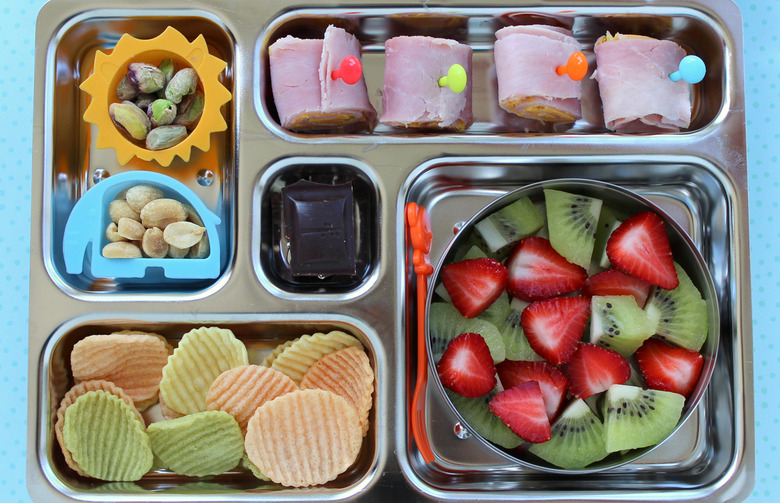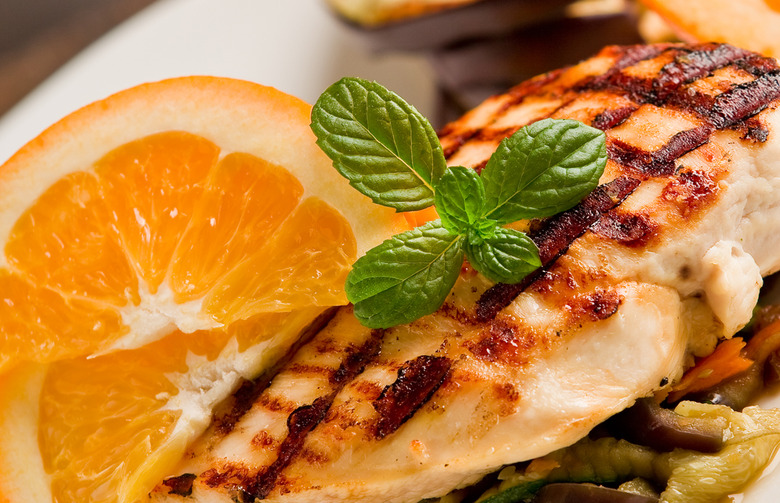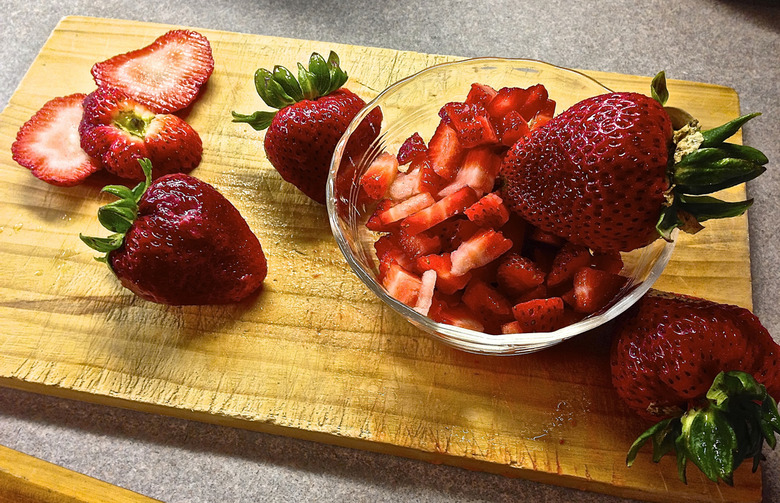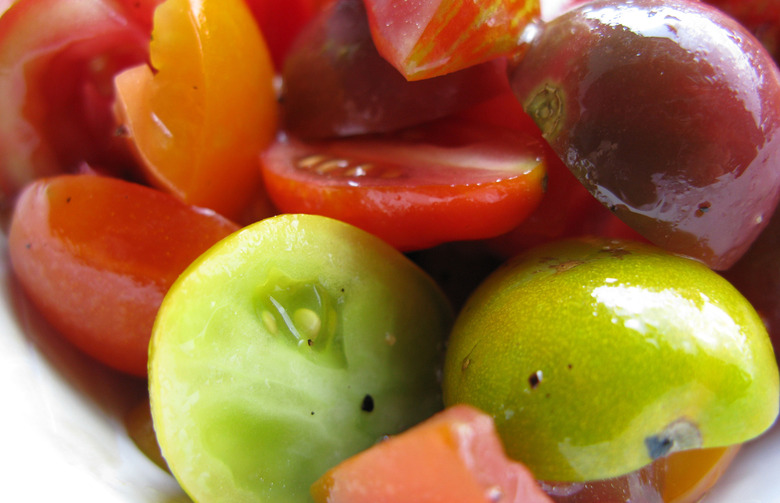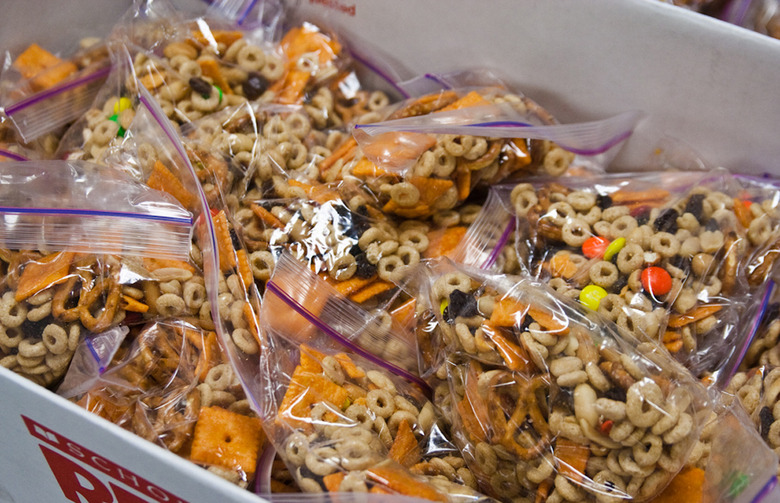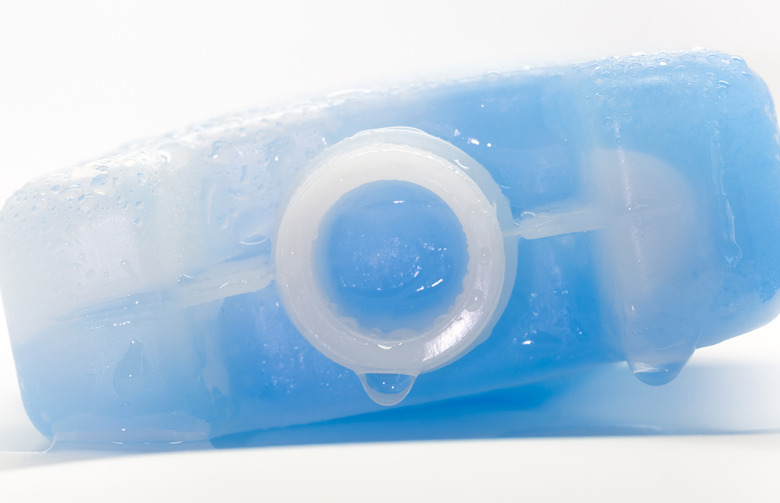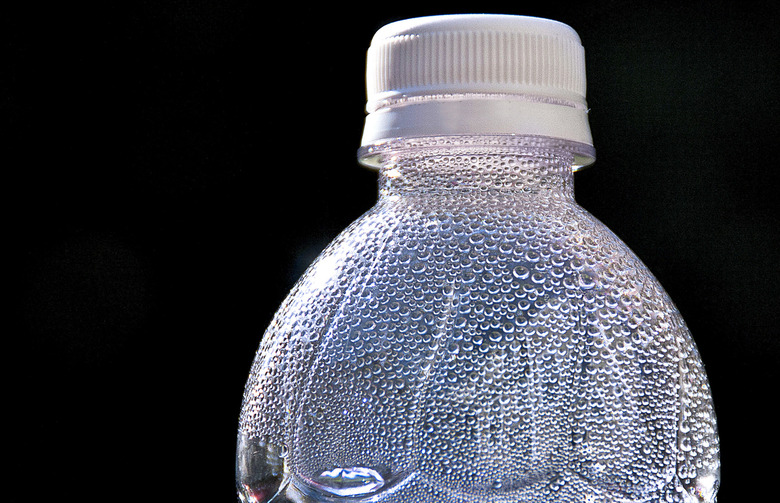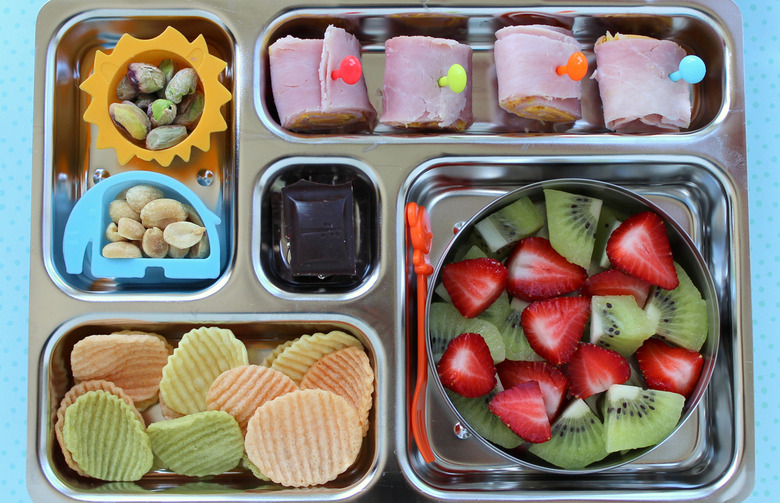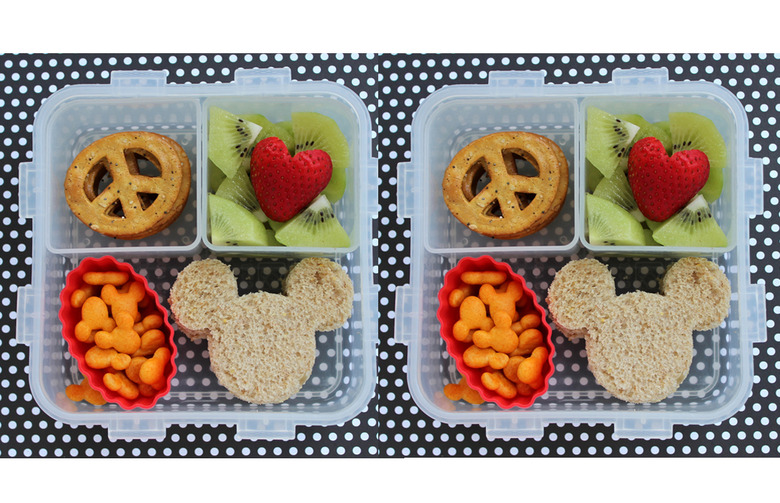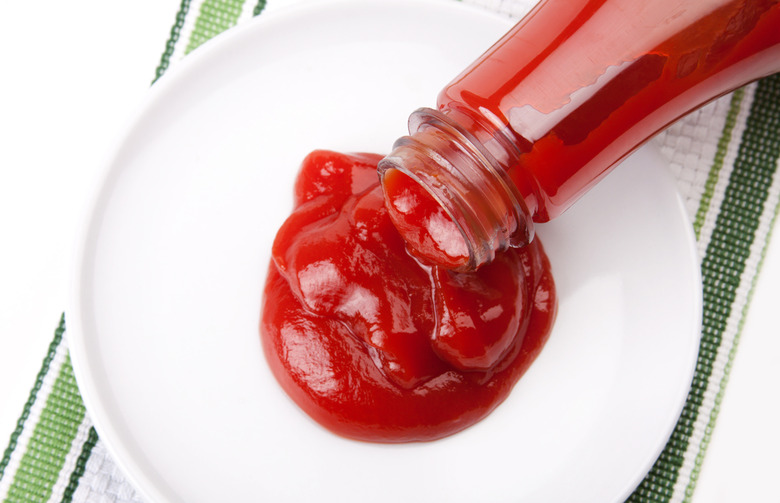10 Do's And Don'ts For Healthier Packed Lunches
If you are new to packing lunches, knowing which foods to include may be a learning process. But it's worth the time and trouble. A healthier packed lunch will keep you satisfied throughout the day, and give you enough energy to power through the afternoon. We spoke with Lori Zanini, a registered dietitian and spokesperson for the Academy of Nutrition and Dietetics, about what you should and should not do when packing a healthy lunch.
Do Add Protein and Healthy Fats
"Add variety to lunch by pairing a lean protein or healthy fat to every carbohydrate source whether it be grains, fruits, or veggies," says Zanini. "Adding a lean protein or healthy fat will help you keep fuller longer by slowing down digestion and preventing spikes in energy and blood sugar. Lean proteins include deli slices, grilled chicken, yogurt, hummus, low-fat milk, and string cheese. Healthy fats include nuts, nut butters, avocado, and olive oils."
Do Chop Your Foods
"Chop your fruits and veggies the night before. This helps increase focus and it is less noisy when in class or at an office desk," Zanini notes. You can snack on fruits and vegetables throughout the day or put them on your salad or sandwich.
Do Get Creative
Incorporating new fruits, vegetables, and whole grains into your lunch will prevent you from getting bored. "Plan to eat a new snack or meal each day," Zanini advises. "This adds variety and helps you look forward to the lunch you have packed while avoiding spending additional money eating out."
Don’t Eat From a Package
"Portion out snacks and prepared meals using sealable bags will prevent overeating in one sitting, which often times we face if eating from a box," Zanini says. "At work or school, we tend to focus on our assignments and in return are less mindful of how much we are consuming when sitting at our desks. Eating from a snack bag also helps keep us on track if trying to meet healthy weight-loss goals."
Don’t Forget to Chill
Practicing food safety is just as important as packing a healthy lunch. "Keep food safe and use frozen gel packs or refrigerate your lunch at work and school to keep bacteria away from perishable food items," Zanini says. "Perishable food items include dairy products, fresh fruits, fresh veggies, deli meat, and cooked meat."
Don’t Forget to Hydrate
"Take a bottle of water to work or school each day," says Zanini. "Setting a goal to drink at least one cup of water an hour will help prevent dehydration, maintain a healthy digestive track, and maintain your mental focus!"
Do Think Color
"Often times we quickly leave home without thinking about the colors we choose to pack in our lunch," Zanini says. "In addition to healthy food choices, adding color to our lunches increases the nutrients we can naturally get from food sources. For example, choose fruits, veggies, and breads darker in color, which in return will provide more antioxidants and fiber to help strengthen our immune systems and maintain a healthier digestive system. "
Do Think Green
"Investing in eco-friendly lunch boxes helps to protect our physical and marine environments," Zanini points out. "Less energy and resources are used when choosing reusable containers and bags."
Do Think In Twos
"Plan to pack two healthy snacks and two healthy meals," says Zanini. "Planning ahead and preparing meals and snacks to consume every two to three hours will help maintain energy levels, prevent fatigue, and over eating later in the day."
Do Separate
"Separate your sauces, dressing, and condiments," Zanini says. "No one wants a spoiled or soggy salad or sandwich. By separating these products we can keep lunches and snacks fresh."
